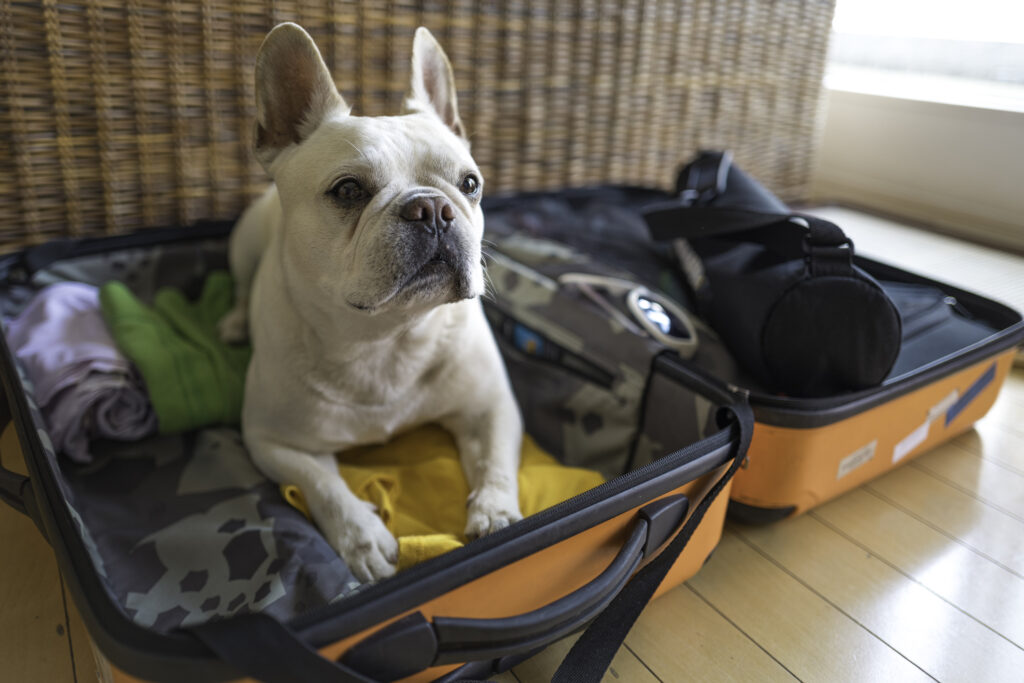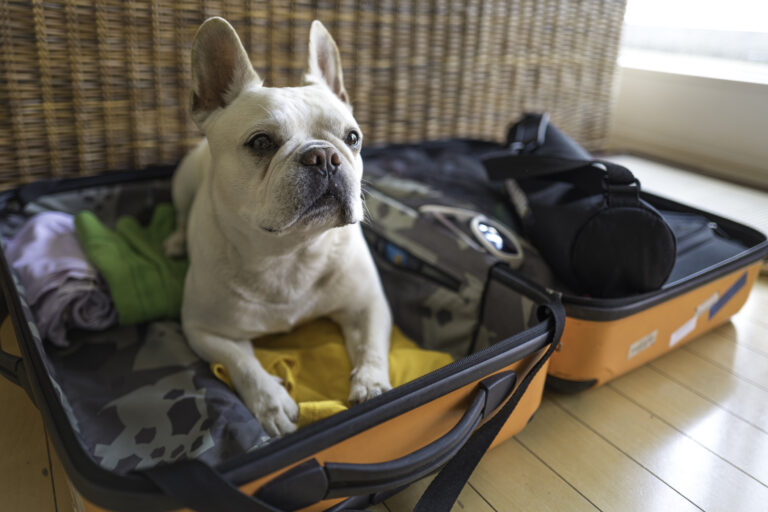
In recognition of National Pet Preparedness Month, Case Western Reserve University’s Office of Resiliency is providing important information and suggestions on how to prepare your pets for an emergency.
Last week, the Office of Resiliency covered making a plan, building an emergency kit, and staying informed. This week, the office will discuss other ways you can prepare your pets for emergencies covering the following topics:
- Evacuation;
- Shelter;
- Identification; and
- Seasonal.
View more tips below and learn more about pet preparedness.
Evacuation
- Practice evacuating in the car with your animals so they are more comfortable in the event an emergency occurs.
- If officials tell you to evacuate, do not leave your pets behind. If you evacuate, take your pets and their supplies with you. Animals that are left behind during an emergency can be lost or injured. Always take them with you.
- Be sure your pet is familiar with their carrier in case you need to evacuate with them quickly.
Shelter
- Find out in advance where you can take your pets when an emergency happens in your community. Learn more at gopetfriendly.com.
- Create a list of addresses and phone numbers of all the places that you can take your pet in an emergency.
- Identify shelters before an emergency occurs. Displaced pets are frequently kept in shelters after a disaster. Find a contact ahead of time.
Identification
- Keep a photo of you and your pet in your emergency kit to prove ownership.
- Put your name and contact information on your pet’s ID tag in case you are separated during an emergency.
- Include a number of an out-of-town relative on your pet’s ID tag.
- Consider microchipping your pet. This can help locate them following an emergency.
- If your pet is microchipped, keep the registration information current so you can be contacted if your pet is lost during an emergency.
- After a disaster, do not allow your pets to roam loose. Landmarks may have changed and your pet could become disoriented.
Seasonal
Keeping animals safe when it’s hot
- Do not leave your pets in the car. Temperatures can rise quickly even with the windows down and can be deadly for your pet.
- Call 911 if you see a pet in a hot car.
- Be sure your pets have access to water, especially when it’s hot.
- Make sure your pet has shady places to go when outdoors.
- Test sidewalks with your hand. If it is too hot for your hand, it is probably too hot for your pet.
- Avoid exercising with your pet on extremely hot days.
Keeping animals safe when it’s cold
- When you’re cold, your pets are cold. Bring your pets inside during cold or freezing weather.
- If you see animals outside in cold or freezing weather, call your local humane society or 311, if available.
- Wipe your pet’s paws. Ice-melting chemicals can make your pet sick.
- Store antifreeze out of your pet’s reach.


